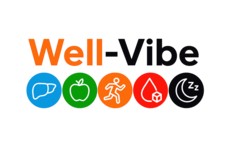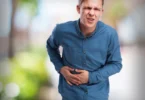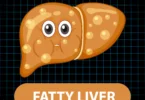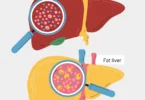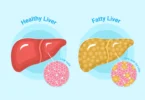Sarah was having a perfectly ordinary Tuesday evening until it hit her all of a sudden the pain so intense that she thought someone was poking at her right side with a red-hot poker. Gallbladder pain hit with no forewarning, doubling her over with both hands on the kitchen countertop. Like the millions experiencing their first gallbladder attacks, she wondered if this was hurting something badly around her heart, stomach, or worse. What she did not understand was that a gallstone had silently formed within her gallbladder for months and that now her body was demanding its attention quite emphatically.
If you’re here, chances are that you’ve experienced that dreaded instant when gallbladder pain sets a routine day on a collision course with a trip to the emergency room. You’re not alone, however, and knowing what’s going on within you is the first step to recovery.
Gallbladder Pain: What Your Body’s Really Telling You.
Your gallbladder is a teeny organ roughly the size of a pear but when it’s upset, it asserts its presence with force. Underneath your liver, this small organ stores bile and aids in fat digestion. But whenever gallstones develop, or inflammation sets in, that serene existence turn to combat.
Gallbladder pain typically announces itself with these unmistakable signs:
- Sharp, stabbing pain in your upper right abdomen
- Pain that radiates to your back or right shoulder blade
- Nausea that makes you feel like you’re on a rocky boat
- Vomiting that provides no relief
- Fever and chills that signal infection
- Bloating that makes your clothes feel too tight
The pain often strikes after eating fatty foods that innocent slice of pizza or creamy pasta that you’ve enjoyed countless times before suddenly becomes your enemy. Your body is essentially saying, “I can’t handle this anymore.”
The Connection: When Fatty Liver Complicates the Picture
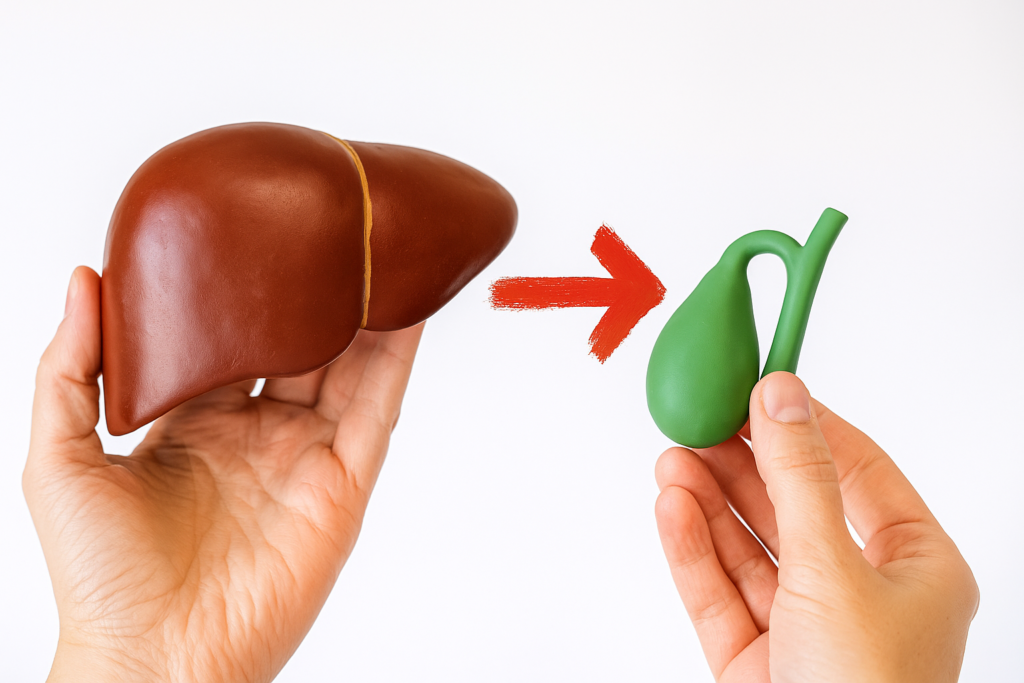
Here’s the important thing that not many folks understand: your gallbladder does not function alone. When dealing with a fatty liver disease, not uncommon among individuals past the age of 40, the gallbladder tends to take the hit of the impairment. Bile is secreted by the liver, and if the liver is battling fat deposits, the bile’s quality and makeup take a drastic turn.
This is a perfect storm. Your impaired liver is churning out thicker, more concentrated bile that is more likely to create stones. At the same time, your gallbladder is working overtime to handle this troublesome bile and becomes inflamed with those agonizing attacks that bring you to the emergency room at 2 AM.
The link between fatty liver and gallbladder issues is more than just medical theory it’s a reality that’s unfolding in doctors’ exam rooms around the nation as ever-increasing numbers of adults in their 40s are finding themselves battling on multiple fronts.
Why Your 40s Feel Like a Health Minefield
Let’s be honest: your 40s tend to make you feel like your body is mutinying. One day, you’re fine; the next day, you’re Googling symptoms at midnight and convincing yourself you’re dying. Gallbladder attacks specifically seem to have a special affinity with this age of life, and there are real reasons for this.
Your metabolism was slowed down, but not your hunger for delicious food. Years of regular consumption of processed foods, work pressure and familial responsibility, and maybe those undesired pounds that cropped up in your 30s all of this creates the perfect environment for gallbladder problems to develop.
Women have other obstacles to overcome at this point. Altered hormones, and specifically declining estrogen levels, have consequences for the body’s metabolism of cholesterol and bile. Pregnancy is another factor having each pregnancy increases the chances that you’ll have gallstones forming down the line.
The Gut Health Revolution and Your Gallbladder
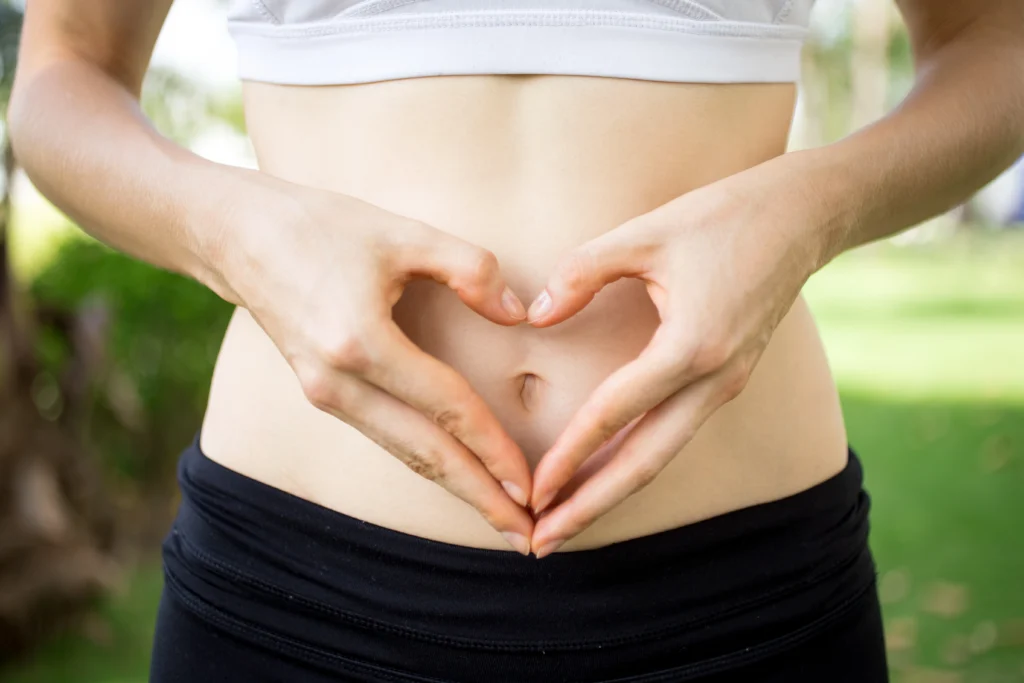
Your gallbladder and your gut health are more linked than you’d ever think. That dependable digestive system that’s been working on your food for years all of a sudden can no longer be relied on, and that gallbladder is more often the weakest point in this chain.
Supporting your gut health through probiotics, fiber-rich foods, and reducing inflammatory foods isn’t just good advice it’s a crucial part of preventing future gallbladder pain episodes and supporting your overall digestive wellness.
When Surgery Becomes the Answer
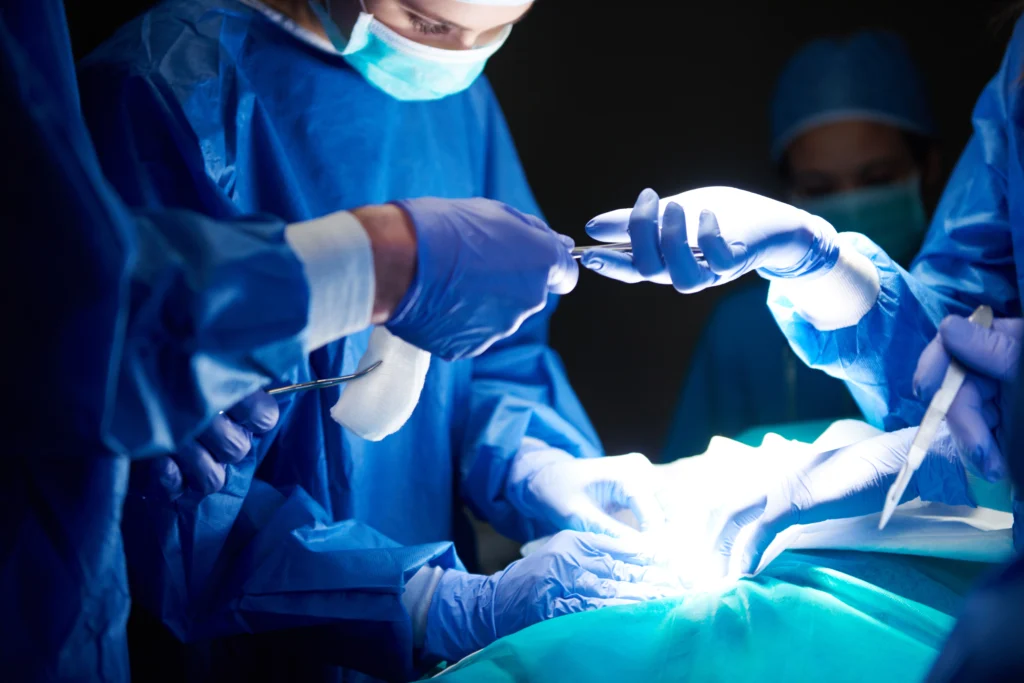
Discussion of having the gallbladder removal usually comes after you have experienced repeated gallbladder attacks, tried altering your eating regimen, and discovered your gallbladder to be an enemy rather than a friend. No one wants to contemplate doing this, especially when you get into your 40s and still have years of living to enjoy.
Modern gallbladder removal surgery, called laparoscopic cholecystectomy, is typically performed through small incisions using a camera and specialized instruments. Most people go home the same day or after one night in the hospital. The recovery is usually straightforward, though adjusting to life without a gallbladder requires some dietary modifications.
According to research from the National Center for Biotechnology Information approximately 300,000 cholecystectomies are performed annually in the United States, with 20 million Americans having gallstones. The National Institute of Diabetes and Digestive and Kidney Diseases confirms that gallbladder disease affects 10-15% of the adult population, with women being twice as likely to develop gallstones as men.
Living Through the Storm of Gallbladder Attack
Each gallbladder attack is a lesson in how quickly life can change. One moment you’re planning your weekend, the next you’re curled up in a hospital bed, grateful for morphine and wondering if you’ll ever eat normally again. The emotional toll of these attacks often gets overlooked, but it’s very real.
The unpredictability is perhaps the hardest part. You start second-guessing every meal, every social invitation that involves food. You carry antacids like other people carry breath mints. You become hyperaware of every twinge in your abdomen, wondering if this is the start of another attack.
But here’s the secret the medical books won’t share with you: you are stronger than you ever thought possible. Each and every human who has ever gone before you has learned to cope, to recover, and to regain their relationship with their body and food through the process.
The Path Forward: Reclaiming Your Health
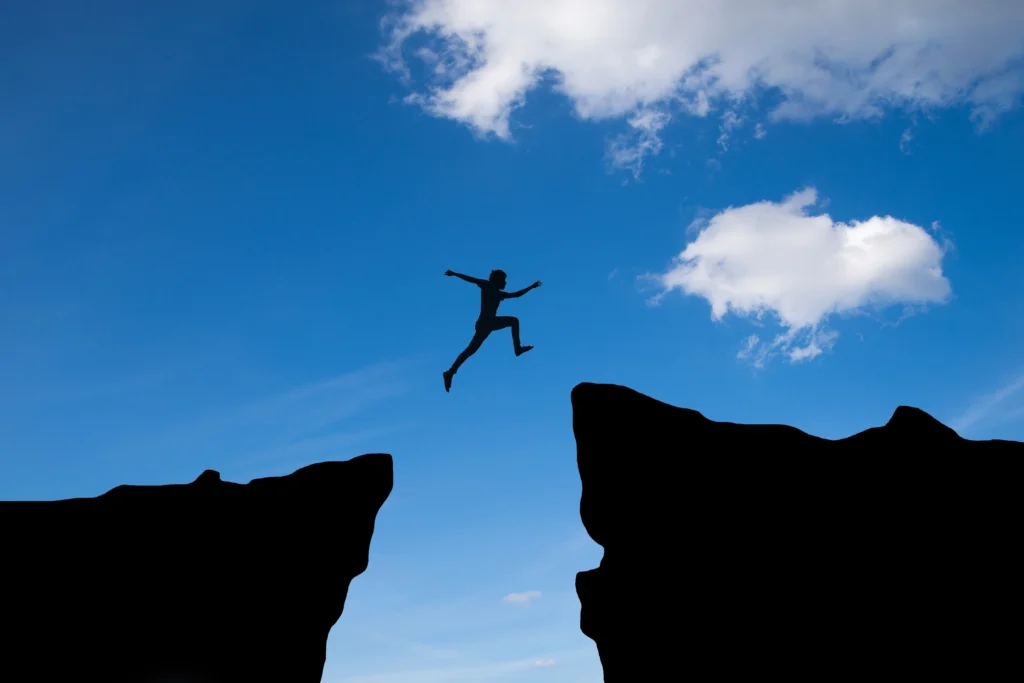
Regardless of whether you are experiencing your first flare of gallbladder pain or you are a seasoned survivor of repeated attacks, keep in mind that the condition is curable. You have choices, and you have resources. The solution is having healthcare professionals who recognize that you are more than symptoms in a lab report you are an individual attempting to live your best life.
Research from the Mayo Clinic shows that dietary modifications can significantly reduce the frequency and severity of gallbladder attacks.
Preventing Future Pain: Foods That Heal
The foods you consume can feed gallbladder discomfort or prevent it. Your gallbladder tolerates soft, nourishing foods promoting bile function and reducing inflammation well. Consume lean protein like fish, chicken, and turkey, which are mild on your system. Include an abundance of fresh vegetables especially leafy vegetables, beets, and artichokes that support the function of the liver and the gallbladder naturally. Healthy fats from avocado, olive oil, and nuts provide your system with the nutrition you require without overtaxing your system.
Skip the offending foods: fried foods, rich meats, full-fat dairy products, and packaged snacks brimming with trans fats. Opt for whole grains, fresh vegetables and fruits, and lots of water to prevent bile from stagnating. Small servings eaten often are better than large, hefty portions that overwork the gallbladder.
Supplements That Support Your Gallbladder
Some supplements can help prevent gallbladder attacks and promote healthy bile function. Milk thistle has long been used to promote liver and gallbladder function, improve bile quality, and decrease inflammation. Turmeric contains curcumin, a highly anti-inflammatory substance that may help decrease gallbladder inflammation and promote healthy digestion.
Omega-3s from fish oil or flaxseed can help lower inflammation in your body as a whole and in your gallbladder. Enzymes taken at the time of eating can also help your body break down fats better and decrease the load on your gallbladder. Please consult your doctor before beginning any supplement regimen, particularly if you are already experiencing gallbladder discomfort or taking medication for another condition.
Your Next Steps
If you’re experiencing symptoms of gallbladder pain, don’t wait for the next gallbladder attack to seek help. Schedule an appointment with your healthcare provider to discuss your symptoms, get appropriate testing, and explore your treatment options. Whether that leads to dietary changes, medication, or gallbladder removal, taking action is important.
There’s no need to associate your 40s with digestive discomfort. With the right care and focus, you can resume the pleasures of dining, parties, and living free from the anxiety of when the next attack would occur.
Remember: you’re not alone in this journey. Millions of people have walked this path and found their way to better health. Your story of healing is waiting to be written.
Join our community here for weekly science-backed health tips, free meal plans, and carefully curated product recommendations delivered straight to your inbox!
Disclaimer:
This blog post is for informational purposes only and is not intended as medical advice. Always consult with a qualified healthcare professional before making any changes to your diet, exercise routine, or healthcare plan. The information provided is based on personal research and experience and may not apply to everyone
